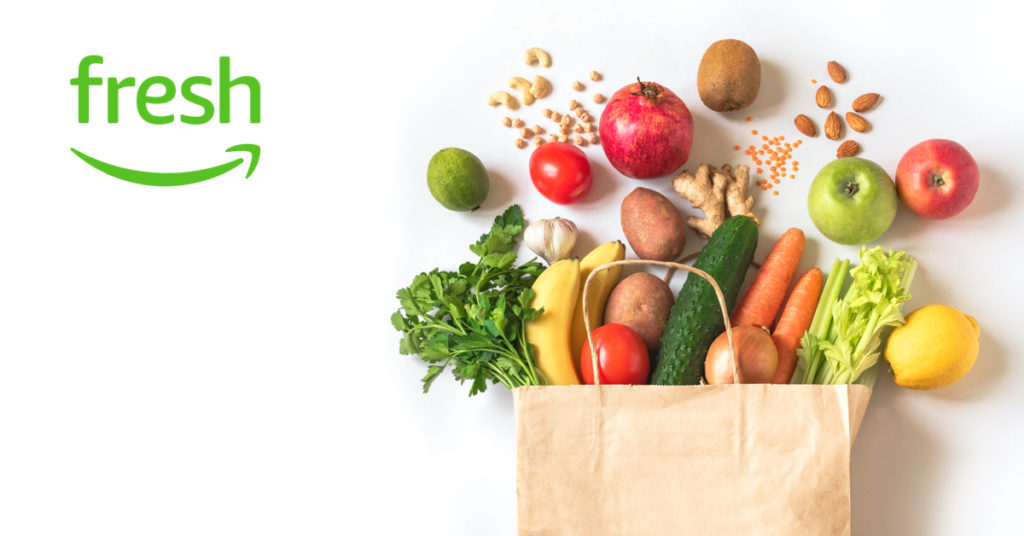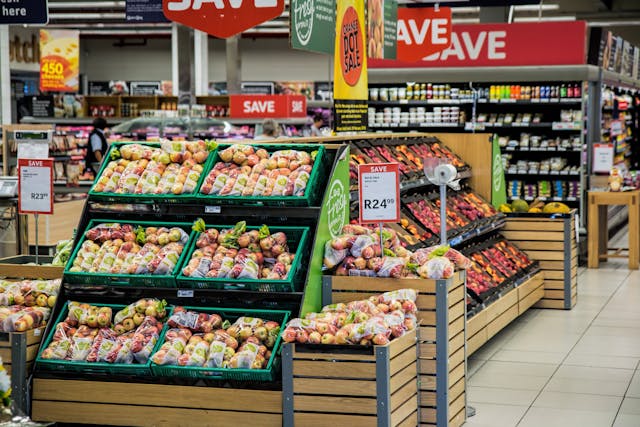Grocery shopping can be a daunting task, especially when you’re on a tight budget. With rising food costs and limited funds, it can be challenging to stick to a budget while still getting the essentials. However, with some planning and smart shopping strategies, you can save money and still get everything you need. In this article, we’ll explore some tips and tricks for budget-friendly grocery shopping.
Why Is Budget-Friendly Grocery Shopping Important?
Grocery shopping is a necessary expense for everyone, and it can quickly add up. According to the USDA, the average family of four spends between $567 to $1,296 per month on groceries. That’s a significant chunk of change, and for those on a tight budget, it can be a struggle to make ends meet.
By implementing budget-friendly grocery shopping strategies, you can save money and stretch your budget further. This means more money for other essential expenses, such as rent, utilities, and savings.
Plan Ahead
One of the most crucial steps in budget-friendly grocery shopping is planning ahead. Before heading to the store, take some time to plan out your meals for the week. This will help you avoid buying unnecessary items and ensure that you have everything you need for your meals.
Make a list of all the ingredients you’ll need for each meal, as well as any snacks or other essentials. Stick to your list while shopping to avoid impulse purchases.
Shop at Discount Stores
Discount grocery stores, such as Aldi or Lidl, can be a great option for budget-friendly shopping. These stores offer lower prices on many items, including produce, meat, and pantry staples. While the selection may be more limited, you can still find everything you need at a fraction of the cost.
Buy in Bulk
Buying in bulk can be a great way to save money on groceries, especially for non-perishable items. Look for bulk options at your local grocery store or consider joining a wholesale club, such as Costco or Sam’s Club. Just be sure to compare prices to ensure you’re getting the best deal.
Use Coupons and Discounts
Coupons and discounts can be a great way to save money on groceries. Look for coupons in your local newspaper or online, and be sure to check the store’s weekly ad for any sales or discounts. Many stores also offer loyalty programs or digital coupons that can help you save even more.

Shop Seasonally
Buying produce in season can save you money, as it’s often cheaper than out-of-season produce. Plan your meals around seasonal fruits and vegetables, and you’ll not only save money but also enjoy the freshest produce available.
Avoid Pre-Packaged and Processed Foods
Pre-packaged and processed foods may be convenient, but they often come with a higher price tag. Instead, opt for whole foods and prepare meals from scratch. Not only will this save you money, but it’s also a healthier option.
Don’t Shop When Hungry
Shopping when hungry can lead to impulse purchases and overspending. Eat a meal or snack before heading to the store to avoid buying unnecessary items.
Compare Prices
Don’t be afraid to compare prices between different stores. While it may be more convenient to do all your shopping at one store, you may be able to save money by purchasing certain items at a different store. Use apps or websites, such as Flipp or MyGroceryDeals, to compare prices and find the best deals.
Buy Generic Brands
Generic or store-brand items are often cheaper than name-brand products, and they’re usually just as good. Don’t be afraid to try out generic brands to save money on your grocery bill.
Shop the Perimeter
The perimeter of the grocery store is where you’ll find the freshest and healthiest options, such as produce, meat, and dairy. Stick to the perimeter and avoid the aisles filled with processed and packaged foods to save money and make healthier choices.
Don’t Waste Food
Food waste is a significant problem, and it can also be a drain on your budget. To avoid wasting food, plan your meals carefully and only buy what you know you’ll use. If you have leftovers, use them for another meal or freeze them for later use.
Real-World Budget-Friendly Grocery Shopping Strategies
One example of a budget-friendly grocery shopping strategy is meal planning. By planning your meals for the week, you can avoid buying unnecessary items and ensure that you have everything you need for your meals. This can also help you save money by avoiding eating out or ordering takeout.
Amazon Fresh Deal

Another strategy is to shop at discount stores or buy in bulk. This can help you save money on groceries, especially for non-perishable items. Just be sure to compare prices to ensure you’re getting the best deal.
Who Is Responsible for Budget-Friendly Grocery Shopping?
Budget-friendly grocery shopping is the responsibility of everyone in the household. By involving everyone in the planning and shopping process, you can ensure that everyone’s needs are met while staying within your budget.
Takeaways
Grocery shopping on a budget doesn’t have to be a daunting task. By planning ahead, shopping at discount stores, buying in bulk, and using coupons and discounts, you can save money and still get everything you need. Avoiding pre-packaged and processed foods, shopping the perimeter, and not wasting food can also help you stick to your budget and make healthier choices. By implementing these strategies, you can make budget-friendly grocery shopping a breeze.





























